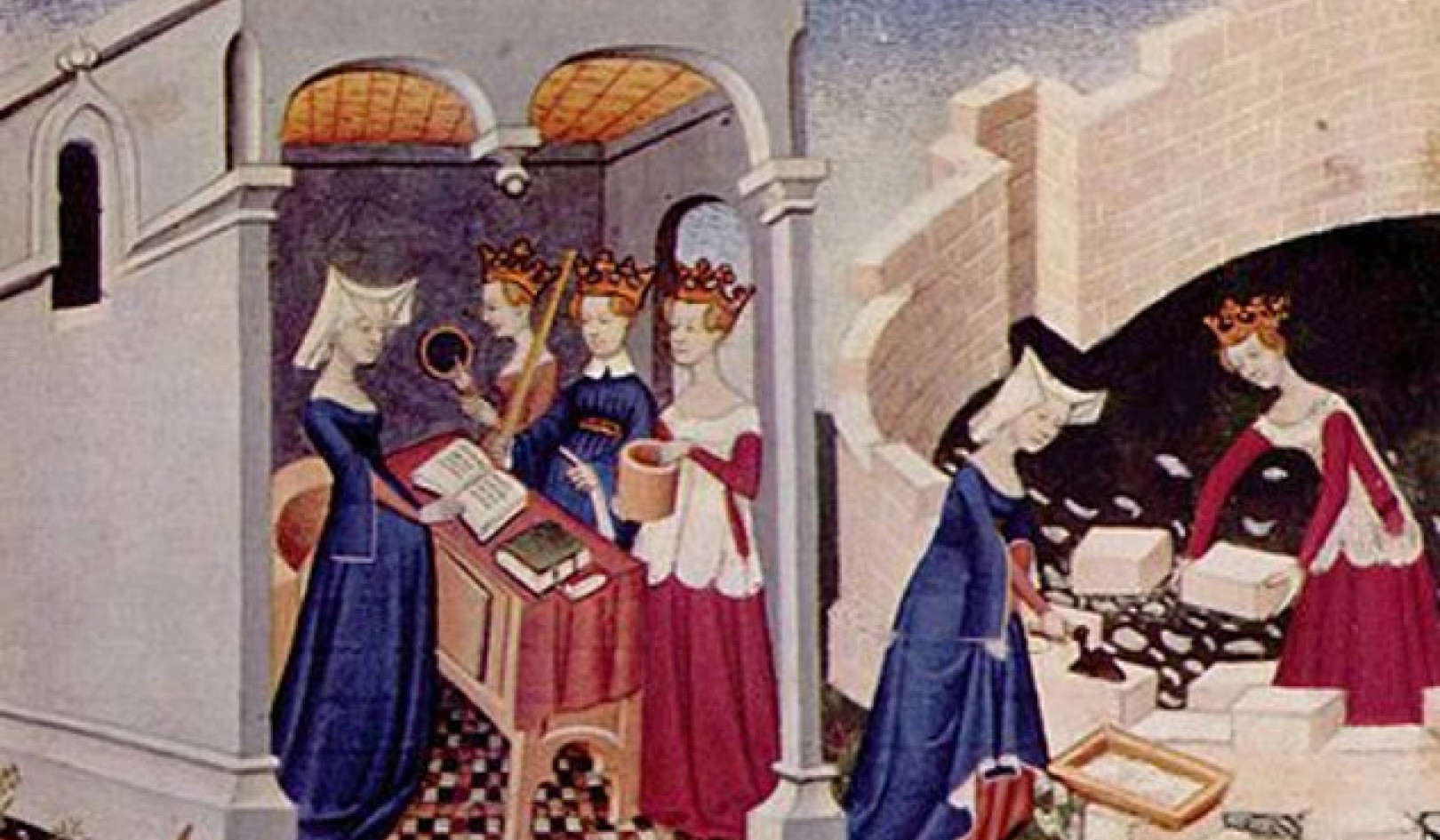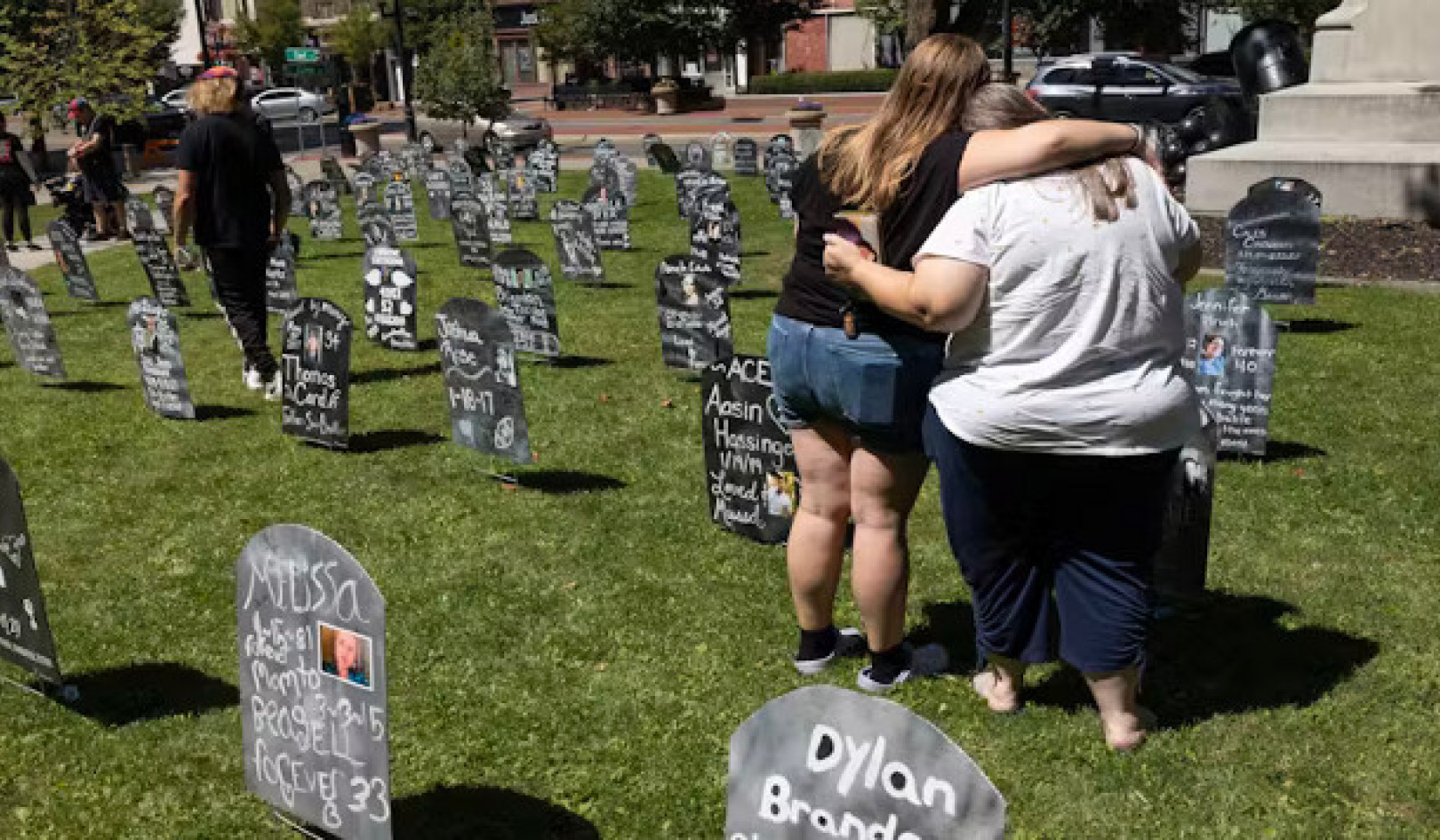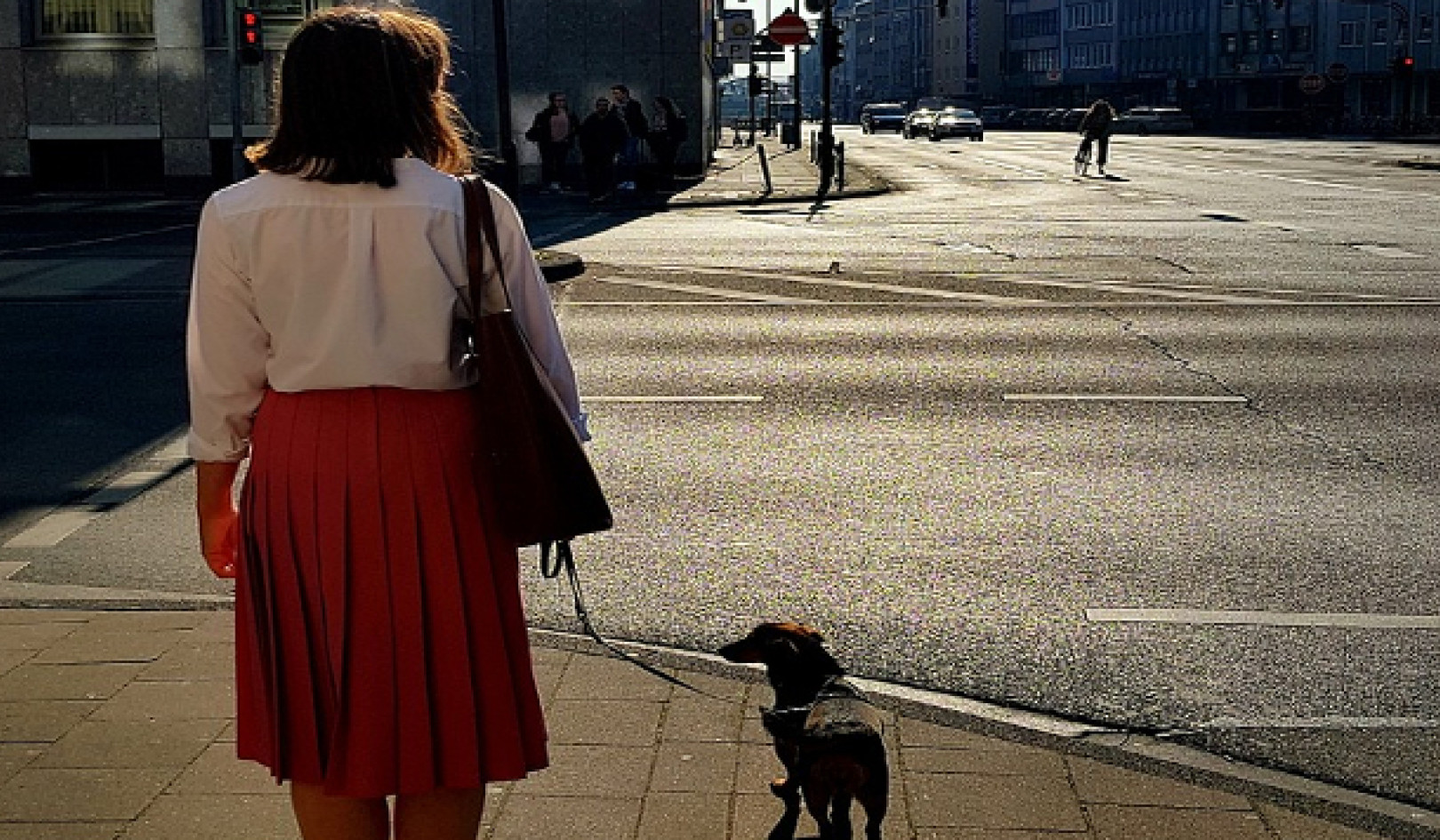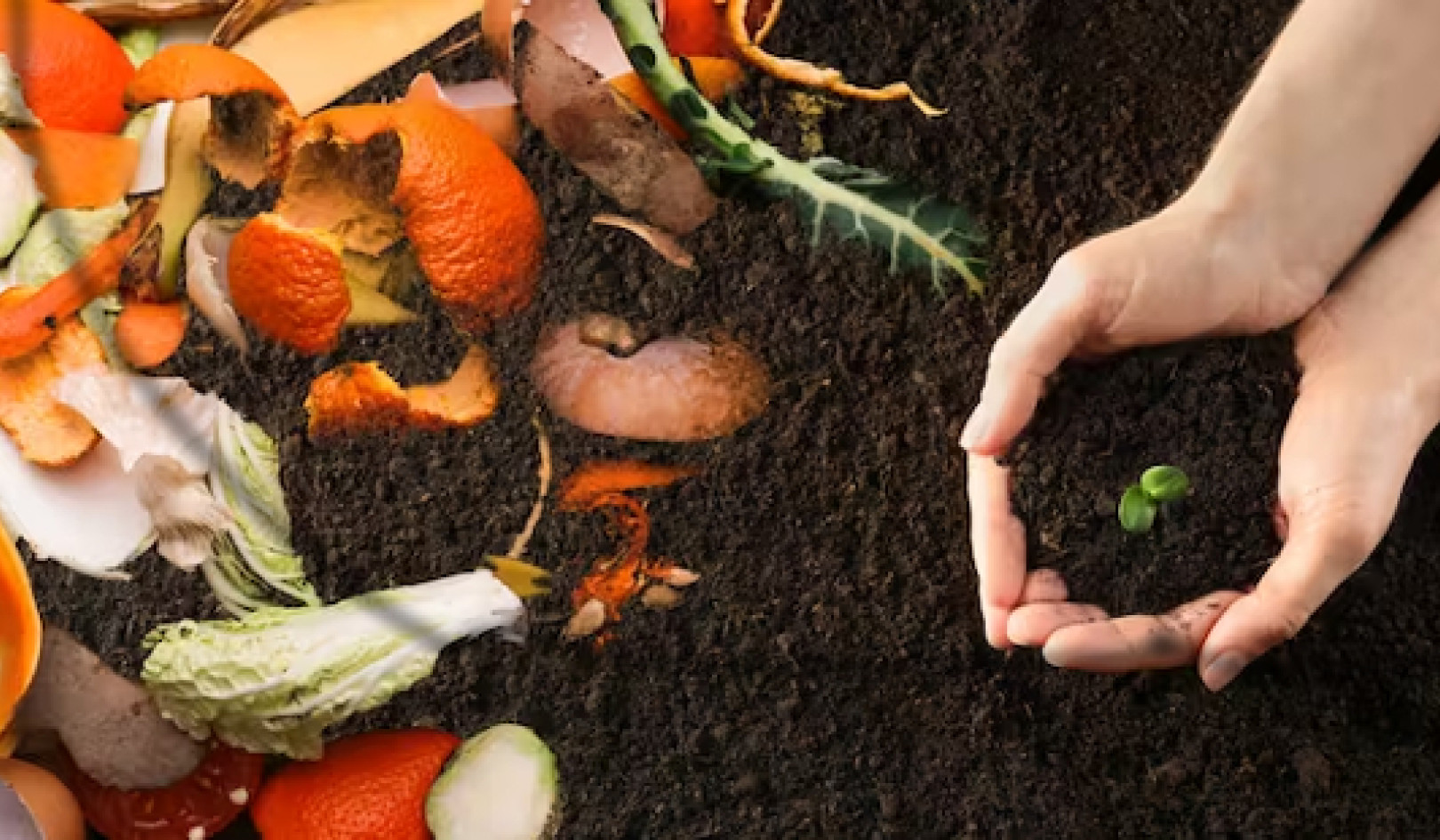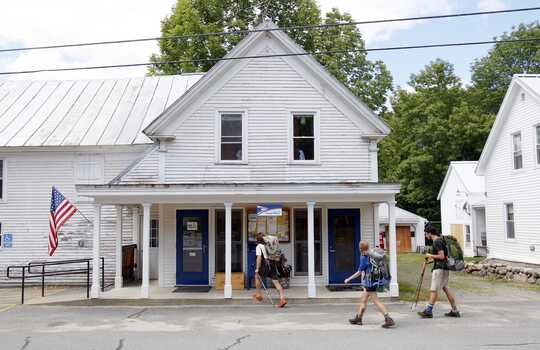 The Postal Service has over 30,000 retail locations in the U.S, including off the Appalachian Trail in Caratunk, Me. AP Photo/Robert F. Bukaty
The Postal Service has over 30,000 retail locations in the U.S, including off the Appalachian Trail in Caratunk, Me. AP Photo/Robert F. Bukaty
About a quarter of census tracts with a post office don’t have a community bank or credit union branch, suggesting postal banking could provide a financial lifeline to the millions of Americans without a bank account, according to our new research
To reach this conclusion, we analyzed nationwide data on post office retail locations and bank and credit union branches, as well as other demographic details in those areas. We wanted to understand how prevalent U.S. Postal Service locations are in areas underserved by banks and credit unions.
Our research examined data from U.S. census tracts, which are districts created by the U.S. Census Bureau to geographically represent a neighborhood. The country has 73,057 tracts that vary in square mileage yet have a standardized average population of about 4,000 residents.
We found that 69% of census tracts that have a post office lack a community bank – defined as having less than $10 billion in assets – while 75% don’t have a credit union branch. And 24% have neither, affecting nearly 21 million people.
The results varied widely from state to state. For example, in Arizona, 44% of tracts with a post office don’t have a credit union or community bank, while in Nebraska that figure is only 4%. And we found that members of minority groups tend to be located disproportionately in areas that lack banking but do have a post office.
Why it matters
In 2019, about 7.1 million Americans lacked a bank account and another 24.2 million are considered “underbanked,” which means they use other more expensive services like payday lenders and stores that cash checks for a fee to meet their financial needs.
The lack of affordable banking creates real hardships that disproportionately hurt low-income Americans and communities of color. Without a bank account, people pay higher fees and interest rates, have a harder time building credit history and are less able to get mortgages and other kinds of loans. And during the pandemic, when tens of millions of people in the U.S. lost jobs and struggled to feed their families, they had to wait longer to receive aid from the government for which they were eligible.
Some lawmakers are pushing the Federal Reserve to help solve these problems by partnering with credit unions, small community banks and even the U.S. Postal Service to provide free bank accounts to low-income people.
Our research shows that the post office may be better positioned than community banks or credit unions to expand access to financial services.
The U.S. used to have a system of postal banking, which ran in various forms from 1910 to 1967, when industry pressure persuaded the federal government to end it. Elsewhere in the world, such as in the U.K. and France, postal banking remains popular and serves about 1.5 billion people.
What still isn’t known
We still don’t know some details about postal banking, such as how intended communities would benefit. However, policymakers, advocacy groups and labor unions have asked Congress to appropriate $6 million to support a postal banking pilot program to evaluate questions like this one.
What’s next
Next, we will examine how postal banking compares with other options for expanding access to financial services, such as online and mobile banking.
In states with some of the nation’s worst broadband internet usage rates, online banking is largely unavailable and therefore not an option for many residents. We will use data to explore whether the post office offers any comparative advantages over online banking.
About The Author
Terri Friedline, Associate Professor of Social Work, University of Michigan and Ameya Pawar, Adjunct Lecturer at the Crown School of Social Work, Policy and Practice, University of Chicago
Books on Inequality from Amazon's Best Sellers list
"Caste: The Origins of Our Discontents"
by Isabel Wilkerson
In this book, Isabel Wilkerson examines the history of caste systems in societies around the world, including in the United States. The book explores the impact of caste on individuals and society, and offers a framework for understanding and addressing inequality.
Click for more info or to order
"The Color of Law: A Forgotten History of How Our Government Segregated America"
by Richard Rothstein
In this book, Richard Rothstein explores the history of government policies that created and reinforced racial segregation in the United States. The book examines the impact of these policies on individuals and communities, and offers a call to action for addressing ongoing inequality.
Click for more info or to order
"The Sum of Us: What Racism Costs Everyone and How We Can Prosper Together"
by Heather McGhee
In this book, Heather McGhee explores the economic and social costs of racism, and offers a vision for a more equitable and prosperous society. The book includes stories of individuals and communities who have challenged inequality, as well as practical solutions for creating a more inclusive society.
Click for more info or to order
"The Deficit Myth: Modern Monetary Theory and the Birth of the People's Economy"
by Stephanie Kelton
In this book, Stephanie Kelton challenges conventional ideas about government spending and the national deficit, and offers a new framework for understanding economic policy. The book includes practical solutions for addressing inequality and creating a more equitable economy.
Click for more info or to order
"The New Jim Crow: Mass Incarceration in the Age of Colorblindness"
by Michelle Alexander
In this book, Michelle Alexander explores the ways in which the criminal justice system perpetuates racial inequality and discrimination, particularly against Black Americans. The book includes a historical analysis of the system and its impact, as well as a call to action for reform.
Click for more info or to order
This article is republished from The Conversation under a Creative Commons license. Read the original article.


















